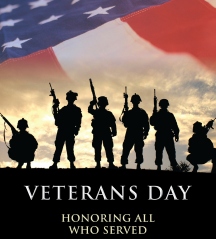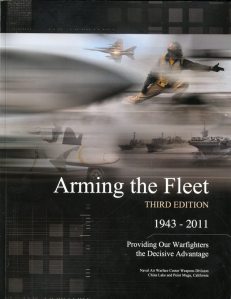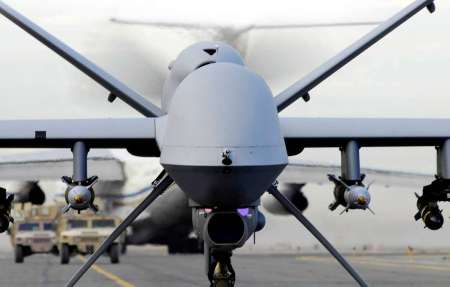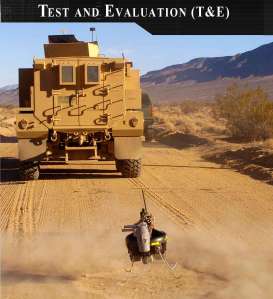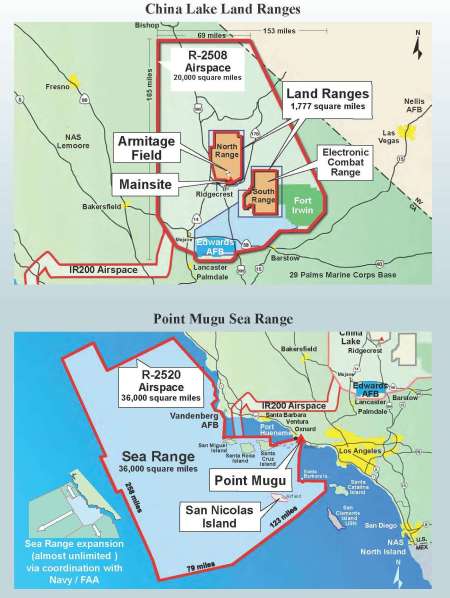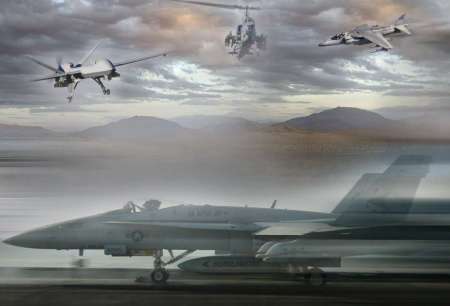November 11 is Veterans Day, an annual holiday set aside to honor the contributions of the brave men and women who have served or are serving in the United States Armed Forces. Coinciding with Veterans Day, this month also marks the 239th anniversary of the Marine Corps. On November 10, 1775, the Continental Congress passed a resolution stating that “two Battalions of Marines be raised,” for service as landing forces for the Continental Navy. This resolution established the Continental Marines, and thus is now recognized as the official birthday of the U.S. Marine Corps. In celebration of the bravery and sacrifice of all the U.S. veterans and the U.S. Marine Corps birthday, Government Book talk is highlighting the following new veterans and military titles currently available from the U.S Government Bookstore.
 Federal Benefits for Veterans, Dependents, and Survivors 2014
Federal Benefits for Veterans, Dependents, and Survivors 2014
Federal Benefits for Veterans, Dependents and Survivors is the annual publication from the U.S. Department of Veterans Affairs that provides a complete summary of all Federal benefits available to qualified American veterans of the United States armed forces, including their dependents and survivors. It is the must-have resource for veterans and veterans’ families to use to ensure that they have the latest information on the benefits and rights earned by these veterans in service of our nation.
The Noncommissioned Officer and Petty Officer: Backbone of the Armed Forces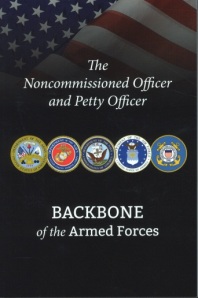
A first of its kind, this book—of, by, and for the noncommissioned officer and petty officer—is a comprehensive explanation of the enlisted leader across the U.S. Armed Services. It complements The Armed Forces Officer, the latest edition of which was published by NDU Press in 2007, as well as the Services’ NCO/PO manuals and handbooks.
Written by a team of Active, Reserve, and retired senior enlisted leaders from all Service branches, this book defines and describes how NCOs/POs fit into an organization, centers them in the Profession of Arms, explains their dual roles of complementing the officer and enabling the force, and exposes their international engagement. As Chairman of the Joint Chiefs of Staff General Martin E. Dempsey writes in his foreword to the book, “We know noncommissioned officers and petty officers to have exceptional competence, professional character, and soldierly grit—they are exemplars of our Profession of Arms.”
Aspirational and fulfilling, this book helps prepare young men and women who strive to become NCOs/POs, re-inspires serving enlisted leaders, and stimulates reflection by those who have retired from or left active service. It also gives those who have never worn the uniform a better understanding of who these exceptional men and women are, and why they are properly known as the “Backbone of the Armed Forces.”
 U.S. Marines in the Gulf War, 1990-1991: Liberating Kuwait
U.S. Marines in the Gulf War, 1990-1991: Liberating Kuwait
Liberating Kuwait is the official history of U.S. Marine Corps operations during the 1990-1991 Gulf War with Iraq. It covers such topics as Marines in the embassies in Kuwait and Iraq, Operations Desert Shield and Desert Storm, the Battle of al-Khafji, the liberation of Kuwait, and the amphibious feint. This publication contains 24 color maps and numerous black and white and color photographs.
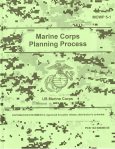 The Marine Corps Planning Process (MCPP) supports the Marine Corps warfighting philosophy of maneuver warfare. Since planning is an essential and significant part of command and control, the Marine Corps Planning Process recognizes the commander’s central role as the decision maker. It helps organize the thought processes of a commander and his staff throughout the planning and execution of military operations.
The Marine Corps Planning Process (MCPP) supports the Marine Corps warfighting philosophy of maneuver warfare. Since planning is an essential and significant part of command and control, the Marine Corps Planning Process recognizes the commander’s central role as the decision maker. It helps organize the thought processes of a commander and his staff throughout the planning and execution of military operations.
The Marine Corps Planning Process focuses on the mission and the threat. It capitalizes on the principle of unity of effort and supports the establishment and maintenance of tempo. The Marine Corps Planning Process is applicable across the range of military operations and is designed for use at any echelon of command. The process can be as detailed or as abbreviated as time, staff resources, experience, and the situation permit.
 You Cannot Surge Trust: Combined Naval Operations of the Royal Australian Navy, Canadian Navy, Royal Navy, and United States Navy, 1991-2003
You Cannot Surge Trust: Combined Naval Operations of the Royal Australian Navy, Canadian Navy, Royal Navy, and United States Navy, 1991-2003
You Cannot Surge Trust comprises four case studies in which naval historians from the U.S., Canada, Australia, and the U.K. explain how naval powers created a multinational, or “combined,” framework of interoperability while under national rules of engagement. The four crises addressed are maritime interdiction operations during the First Gulf War (1990-1991), and later in 2001-2003 as part of Operation Enduring Freedom; naval operations off the Federal Republic of Yugoslavia in Operation Sharp Guard (1991-1996); and peacekeeping operations in East Timor during Operation Stabilise (1999-2000).
Emergency War Surgery 4th United States Revision
This 4th revision of this popular Borden Institute reference on emergency surgery includes everything from war wounds to anesthesia, even covering gynecologic and pediatric emergencies, making this a must-have medical reference for civilian emergency medical personnel as well as military doctors and nurses.
 The Coast Guard Incident Management Handbook (IMH) is designed to assist Coast Guard personnel in the use of the National Incident Management System (NIMS) and the Incident Command System (ICS) during response operations and planned events. The Incident Management Handbook is an easy reference job aid for responders. It is not a policy document, but rather guidance for response personnel.
The Coast Guard Incident Management Handbook (IMH) is designed to assist Coast Guard personnel in the use of the National Incident Management System (NIMS) and the Incident Command System (ICS) during response operations and planned events. The Incident Management Handbook is an easy reference job aid for responders. It is not a policy document, but rather guidance for response personnel.
This new 2014 version of the Incident Management Handbook includes revisions informed by references (b) through (m), after action reports and lessons learned published after 2005, an internal field level review, and an external review by federal, state, local, and private sector maritime partners.
HOW DO I OBTAIN THESE PUBLICATIONS?
Shop Online Anytime: You can buy these and other publications (with FREE Standard Shipping worldwide) from the U.S. Government Online Bookstore website at http://bookstore.gpo.gov:
- Click here to purchase Federal Benefits for Veterans, Dependents, and Survivors 2014
- Click here to purchase The Noncommissioned Officer and Petty Officer: Backbone of the Armed Forces
- Click here to purchase U.S. Marines in the Gulf War, 1990-1991: Liberating Kuwait
- Click here to purchase Marine Corps Planning Process
- Click here to purchase You Cannot Surge Trust: Combined Naval Operations of the Royal Australian Navy, Canadian Navy, Royal Navy, and United States Navy, 1991-2003
- Click here to purchase Emergency War Surgery 4th United States Revision
- Click here to purchase The Coast Guard Incident Management Handbook
- Click here to shop entire Armed Forces & Military Branches History collection
Shop our Retail Store: Buy a copy of any print editions from this collection at GPO’s retail bookstore at 710 North Capitol Street NW, Washington, DC 20401, open Monday–Friday, 9 a.m. to 4 p.m., except Federal holidays, Call (202) 512-0132 for information or to arrange in-store pick-up.
Order by Phone: Call our Customer Contact Center Monday through Friday, 8 am to 5:30 pm Eastern (except US Federal holidays). From US and Canada, call toll-free 1.866.512.1800. DC or International customers call +1.202.512.1800.
Visit a Federal Depository Library: Search for these in a nearby Federal depository library.
About the author: Trudy Hawkins is Senior Marketing and Promotions Specialist in GPO’s Publication & Information Sales Division supporting the U.S. Government Online Bookstore (http://bookstore.gpo.gov).



 Posted by Trudy Hawkins
Posted by Trudy Hawkins 